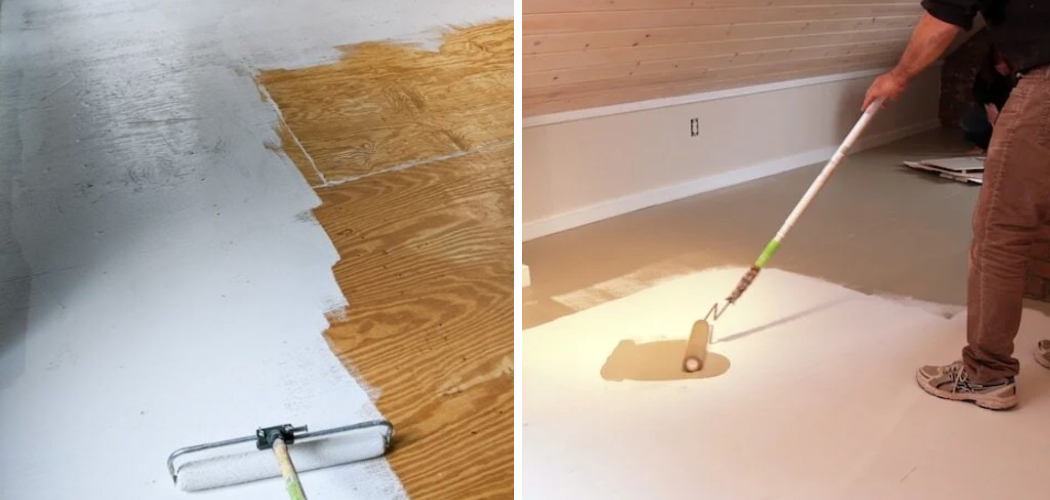Plywood floors can be an affordable and durable option for any room in your home. However, raw plywood may not always look the most appealing. The good news is that with a little bit of paint, you can transform your plywood floors into a stylish and eye-catching feature. Not only will painting your plywood floors add character to your space, but it also protects the plywood from wear and tear.
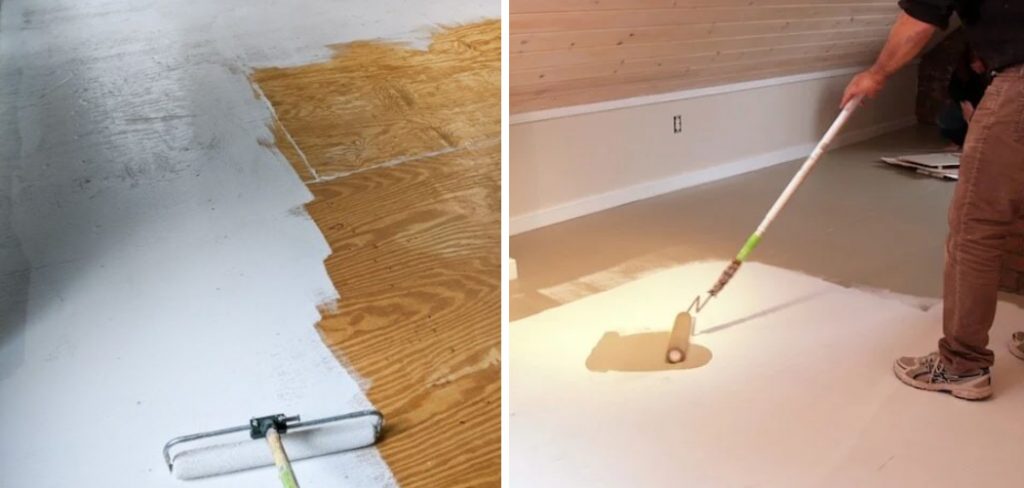
In this guide, we will take you through the steps of how to paint plywood floors and provide tips for achieving a professional-looking finish. If you’re ready to give your floors a fresh new look, let’s get started!
Tools and Materials You Will Need to Paint Plywood Floors
- Paint rollers and trays
- Paintbrushes
- Painter’s tape
- Sandpaper or a sander
- Tack cloth
- Wood filler (if needed)
- Primer
- Floor paint of your choice (we recommend using latex-based enamel paint for its durability)
Step-by-step Guidelines on How to Paint Plywood Floors
Step 1: Prepare Your Floors
Before you begin painting, it’s essential to prepare your floors properly. Start by clearing the room of any furniture and covering any remaining items with drop cloths. Next, clean your floors thoroughly using a vacuum or broom to remove any dust or debris.
If your plywood floors have any holes or imperfections, use wood filler to fill them in and ensure a smooth surface. Once the filler has dried, sand the surface with sandpaper or a sander to create a level and even base for your paint. Finally, use a tack cloth to remove any remaining dust or debris.
Step 2: Choose Your Paint
As mentioned earlier, we recommend using latex-based enamel paint for its durability. You can choose any color or finish you desire, but make sure to check if the paint is suitable for use on floors. Also, consider how much traffic your floors will receive and opt for a more durable paint if necessary. Choosing a high-quality paint will ensure that your floors stay looking fresh for years to come.
Step 3: Prime Your Floors
Priming your floors is an important step to ensure that the paint adheres properly and creates a long-lasting finish. Use a roller or brush to apply a coat of primer evenly across the entire floor surface, making sure to cover all corners and edges. Let the primer dry according to the manufacturer’s instructions before moving on to the next step. If needed, you can apply a second coat of primer for added durability and coverage.
Step 4: Paint Your Floors
Now it’s time for the fun part – painting your floors! Start by using painter’s tape to mask off any areas you don’t want to paint, such as baseboards or edges near walls. Next, use a roller or brush to apply the first coat of paint in long, even strokes.
Be sure to paint in the direction of the wood grain for a more natural look. Allow the first coat to dry completely before applying a second coat if needed. Once you’ve achieved your desired coverage and color, let the final coat dry according to the manufacturer’s instructions.
Step 5: Seal Your Floors
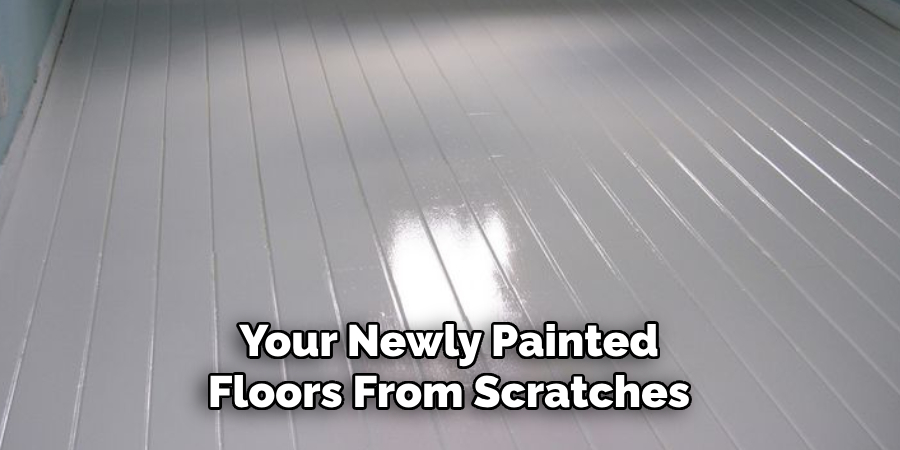
To protect your newly painted floors from scratches, scuffs, and spills, it’s important to seal them with a clear topcoat. Look for a polyurethane or acrylic floor sealer and apply it using a roller or brush in long, even strokes.
It’s recommended to apply at least two coats of sealer for maximum protection and durability. Allow the sealer to dry completely before walking on your floors or moving furniture back into the room. Make sure to follow the manufacturer’s instructions for drying times and any additional coats needed.
Following these steps, you can easily paint your plywood floors and achieve a professional-looking finish. Remember to take your time and follow the instructions for each product carefully, and you’ll have beautiful, painted plywood floors in no time!
Additional Tips and Tricks to Paint Plywood Floors
1. When painting plywood floors, be sure to choose the right paint for the job. Consider using a high-quality floor paint that is specifically designed for use on wood surfaces.
2. Before painting, make sure to thoroughly clean and sand the surface of the plywood. This will help ensure proper adhesion of the paint.
3. To create a more durable finish, add an extra coat or two of polyurethane over the paint. This will help protect the paint from scratches and wear.
4. If you want to add a design or pattern to your plywood floors, consider using stencils. These can be found at most craft stores and are an easy way to add some personality to your floors.
5. To avoid any drips or uneven coverage, use a paint roller instead of a brush. This will also help you cover larger areas more quickly.
6. If you have any imperfections or gaps in your plywood floor, consider using wood filler to fill them in before painting. This will create a smoother surface for the paint and can also help prevent damage to the wood over time.
7. When painting, start from the farthest corner of the room and work your way towards the door. This will prevent you from painting yourself into a corner or stepping on wet paint.
8. To create a unique look, consider using different colors for each section of the plywood floor. For example, you could paint alternating stripes in two different colors or create a checkerboard pattern.
9. If you are planning to use multiple coats of paint, be sure to wait for each coat to dry completely before applying the next. This will help prevent smudging or streaking.
10. Lastly, don’t forget to seal the edges and corners of your plywood floors with paint. This will ensure a more professional-looking finish and help protect against any moisture or spills.
With these additional tips and tricks, you’ll be able to transform your plywood floors into a beautiful and durable surface. Experiment with different colors and designs to truly make it your own. Happy painting!
Things You Should Consider to Paint Plywood Floors
1. Floor Preparation:
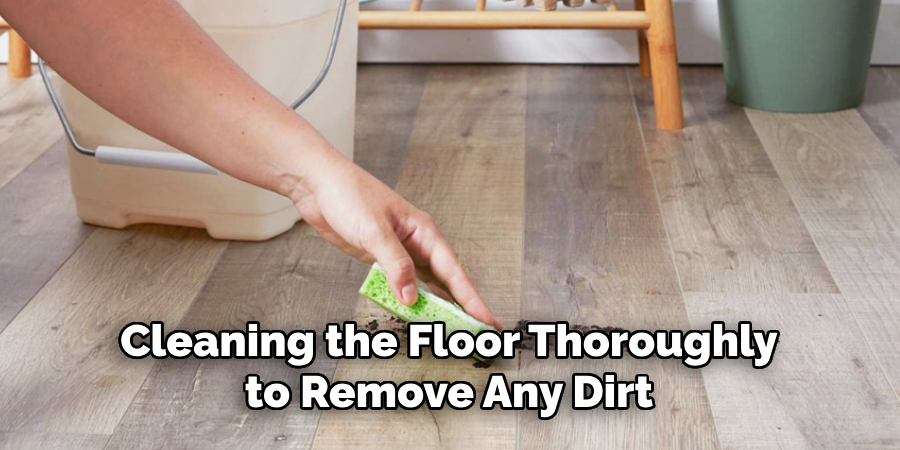
Before painting your plywood floors, it is important to properly prepare the surface. This includes cleaning the floor thoroughly to remove any dirt, dust, or debris. You should also fill in any cracks or holes with wood filler and sand down rough areas to create a smooth surface for painting. It is also recommended to prime the floor before painting to ensure better adherence to the paint.
2. Type of Paint:
It is important to choose the right type of paint for your plywood floors. Latex or acrylic paint is commonly used for indoor flooring and has good durability and color retention. However, if you are painting outdoor plywood floors, it is recommended to use an oil-based or epoxy paint for better moisture resistance and durability. You can also opt for a porch and floor paint that is specifically designed for high-traffic areas.
3. Color Selection:
When selecting the color of your plywood floors, consider the overall aesthetic of your space. Lighter colors can make a room appear more spacious and brighter, while darker colors can create a cozy and intimate atmosphere. It is also important to choose a color that will complement the existing décor and furnishings in the room.
4. Sealant or Topcoat:
To protect your painted plywood floors from daily wear and tear, it is recommended to apply a sealant or topcoat. This will provide an extra layer of protection and make your floors more durable. You can choose between a water-based polyurethane for indoor floors or an oil-based polyurethane for outdoor floors. Make sure to carefully follow the manufacturer’s instructions when applying the sealant or topcoat.
5. Maintenance of Painted Floors:
To maintain the longevity of your painted plywood floors, it is important to properly care for them. Avoid using harsh cleaning products that can damage the paint and instead use a gentle cleaner with warm water.
It is also recommended to place protective pads under heavy furniture and avoid dragging objects across the floor to prevent scratches. Regular touch-ups may also be necessary in high-traffic areas to keep the paint looking fresh.
Following these considerations will ensure a successful and long-lasting paint job on your plywood floors. Take the time to properly prepare and choose the right products, and you will have beautiful painted floors that enhance the look of your space.
Remember to also regularly maintain and touch up as needed to keep your painted floors looking their best. So, get creative with colors and enjoy your newly painted plywood floors! Happy painting!
Troubleshooting Common Issues for Painting Plywood Floors
1. Peeling or Flaking Paint:
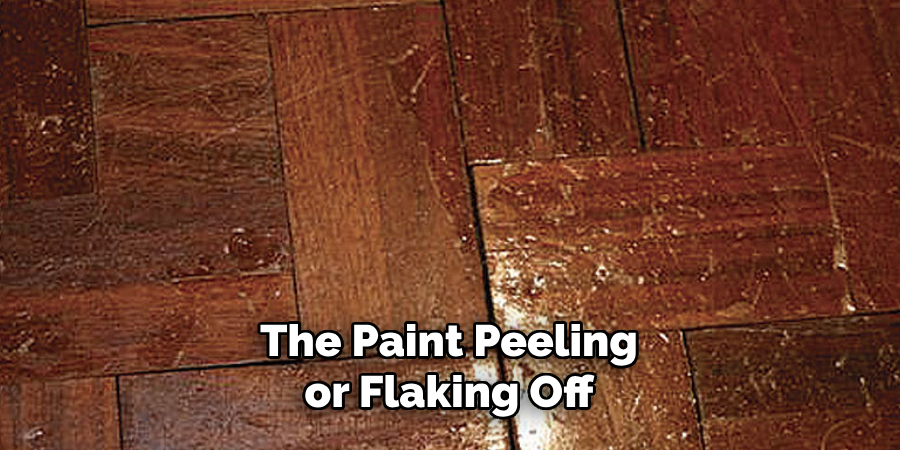
One of the most common issues when painting plywood floors is the paint peeling or flaking off. This is usually caused by improper surface preparation or low-quality paint. To prevent this issue, make sure to properly clean and sand the floor before painting. Also, use high-quality paint specifically designed for floors to ensure better adhesion.
Additionally, if you notice any areas where the paint is already peeling or flaking, make sure to remove it completely before painting again. This will ensure a smooth and even surface for the new paint to adhere to.
2. Uneven Color or Dull Finish:
Another common issue with painted plywood floors is the uneven color or a dull finish after the paint has dried. This can be caused by using too little or too much paint, as well as not properly priming the surface before painting.
To fix this issue, make sure to follow the recommended coverage guidelines for your chosen paint and apply multiple thin coats instead of one thick coat. Also, always remember to prime the floor before painting to ensure an even and long-lasting finish.
3. Rough and Uneven Texture:
If you notice that your painted plywood floor has a rough and uneven texture after it has dried, this can be caused by several factors. One common reason is not using the correct type of paint for floors, such as using wall paint instead of floor paint.
To avoid this issue, make sure to use a high-quality floor paint that is specifically designed for high-traffic areas. Also, properly sand and clean the floor before painting to ensure a smooth surface for the paint to adhere to.
4. Stains or Discoloration:
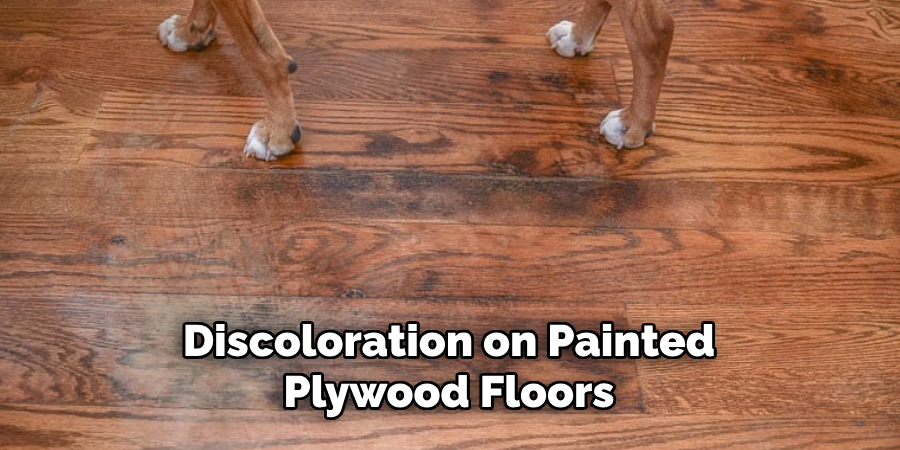
Stains or discoloration on painted plywood floors can be caused by spills, high humidity, or inadequate drying time between coats. To prevent this issue, make sure to wipe up any spills immediately and use a sealant over the paint to protect it from moisture.
If you do notice stains or discoloration, try using a mild soap and water solution to gently clean the affected area. If that doesn’t work, you may need to touch up with a fresh coat of paint or use a stain-blocking primer before painting again.
5. Bubbling or Blistering:
Bubbling or blistering of the paint on plywood floors can occur due to moisture trapped underneath the surface, improper drying time between coats, or using low-quality paint. To avoid this issue, make sure to properly clean and dry the floor before painting and use high-quality floor paint.
If you do notice bubbling or blistering, lightly sand the affected area and then touch it up with a fresh coat of paint. If the issue persists, you may need to strip off all the paint and start again with proper surface preparation.
Following these troubleshooting tips can help you avoid common issues and achieve a beautifully painted plywood floor. It’s also important to remember that proper surface preparation, using high-quality paint, and following the recommended coverage guidelines are key to achieving a long-lasting and flawless finish on your floors. Happy painting!
Maintenance Tips for Painted Plywood Floors
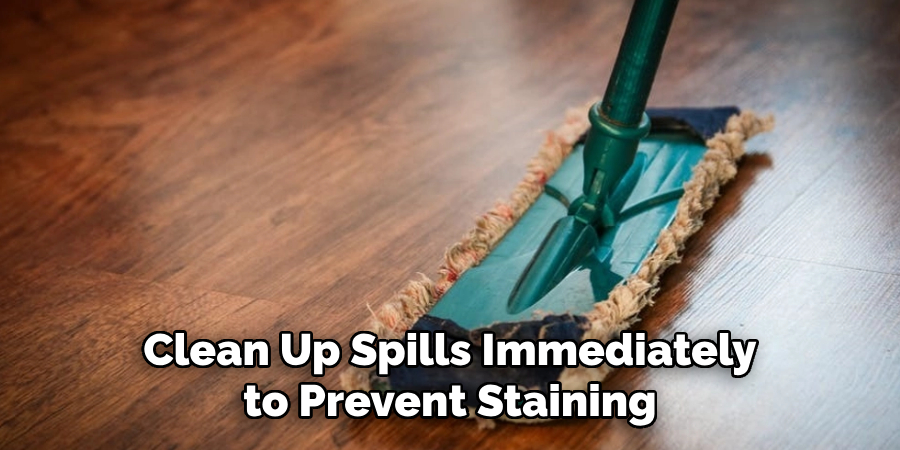
1. Clean up spills immediately to prevent staining. Use a damp cloth or mop and gentle cleanser to wipe away any spills.
2. Avoid using harsh chemicals, detergents, or abrasive cleaners on painted plywood floors as they can strip off the paint and cause damage.
3. Sweep or vacuum regularly to remove dirt and debris that can scratch or wear down the paint over time. Use a soft-bristled broom or vacuum with a rotating brush head to avoid damaging the paint.
4. Place protective mats or rugs in high-traffic areas or under furniture to prevent wear and tear on the painted surface.
5. Avoid dragging heavy objects across the floor as they can leave scratches and scuff marks. Instead, lift and carry them to their desired location.
6. Use furniture pads or felt protectors on the bottom of chairs, tables, and other pieces of furniture to prevent them from scratching or denting the painted surface.
7. When mopping the floor, use a damp mop and mild soap. Avoid using excessive water as it can seep into the seams of the plywood and cause damage over time.
8. If there are any chips or scratches on the painted surface, touch them up with matching paint to prevent further damage and maintain the aesthetic of the floor.
9. Use a humidifier in dry climates or during winter months to help prevent the plywood from shrinking and causing gaps between boards.
10. Apply a fresh coat of polyurethane every few years to protect the paint and keep it looking vibrant.
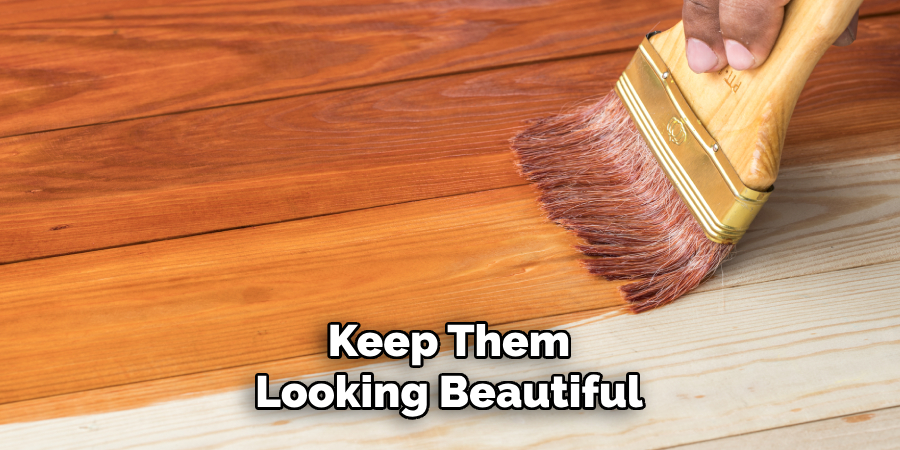
Following these maintenance tips will help extend the lifespan of your painted plywood floors and keep them looking beautiful for years to come. With proper care, you can enjoy the unique and affordable look of painted plywood floors in your home or business. Make sure to also regularly inspect the floor for any signs of wear and tear and address them promptly to prevent further damage.
By incorporating these simple maintenance habits into your routine, you can ensure that your painted plywood floors stay in top condition for a long time. So don’t wait, start taking care of your painted plywood floors today and enjoy their beauty and durability for years to come! Happy painting!
Frequently Asked Questions
Can I Repaint My Painted Plywood Floors?
Yes, you can repaint your painted plywood floors. It is recommended to thoroughly clean and lightly sand the surface before applying a new coat of paint for better adhesion.
How Do I Remove Scuff Marks From Painted Plywood Floors?
To remove scuff marks, gently rub them with a damp cloth and a small amount of mild detergent or baking soda. Avoid using abrasive cleaners as they can damage the paint.
How Durable Is Painted Plywood Flooring?
With proper maintenance, painted plywood floors can be quite durable. However, they may not be suitable for high-traffic areas or homes with pets and young children.
Can I Use Wax or Polish on Painted Plywood Floors?
No, it is not recommended to use wax or polish on painted plywood floors as they can cause a build-up and make the surface slippery.
How Do I Repair Chips or Scratches on Painted Plywood Floors?
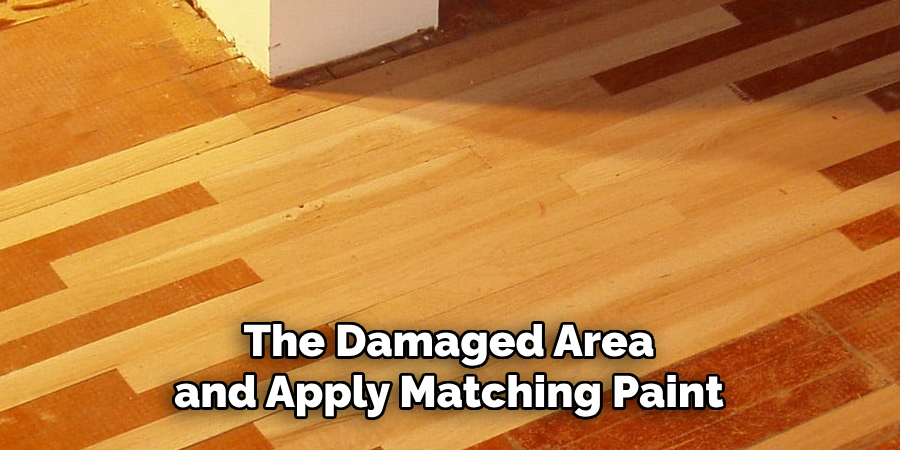
To repair chips or scratches, lightly sand the damaged area and apply matching paint. For larger areas of damage, it may be necessary to repaint the entire floor.
Conclusion
Now you know how to paint plywood floors and maintain them for long-lasting beauty and durability. Remember to clean up spills promptly, avoid harsh chemicals, regularly sweep or vacuum, use protective mats and furniture pads, and touch up any damage that may occur.
With these simple maintenance tips, your painted plywood floors will continue to look stunning for years to come. So go ahead and give this affordable flooring option a try in your home or business and enjoy its unique charm and character. Happy painting!
